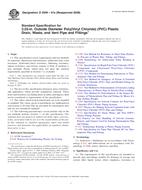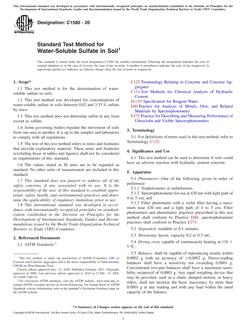1.1 This practice is for computed tomography (CT), which may be used to nondestructively disclose physical features or anomalies within a test object by providing radiological density and geometric measurements. This practice implicitly assumes the use of penetrating radiation, specifically X-ray and γ-ray.
1.2 CT systems utilize a set of transmission measurements made along paths through the test object from many different directions. Each of the transmission measurements is digitized and stored in a computer, where they are subsequently reconstructed by one of a variety of techniques. A treatment of CT principles is given in Guide E1441.
1.3 CT is broadly applicable to any material or test object through which a beam of penetrating radiation passes. The principal advantage of CT is that it provides densitometric (that is, radiological density and geometry) images of thin cross sections through an object without the structural superposition in projection radiography.
1.4 This practice describes procedures for performing CT examinations. This practice is to address the general use of CT technology and thereby facilitate its use.
1.5 This standard does not purport to address all of the safety concerns, if any, associated with its use. It is the responsibility of the user of this standard to establish appropriate safety and health practices and determine the applicability of regulatory limitations prior to use. For specific safety statements, see Section 8, NBS Handbook 114, and Federal Standards 21 CFR 1020.40 and 29 CFR 1910.96.
Product Details
- Published:
- 07/01/2011
- Number of Pages:
- 11
- File Size:
- 1 file , 180 KB
- Redline File Size:
- 2 files , 360 KB


